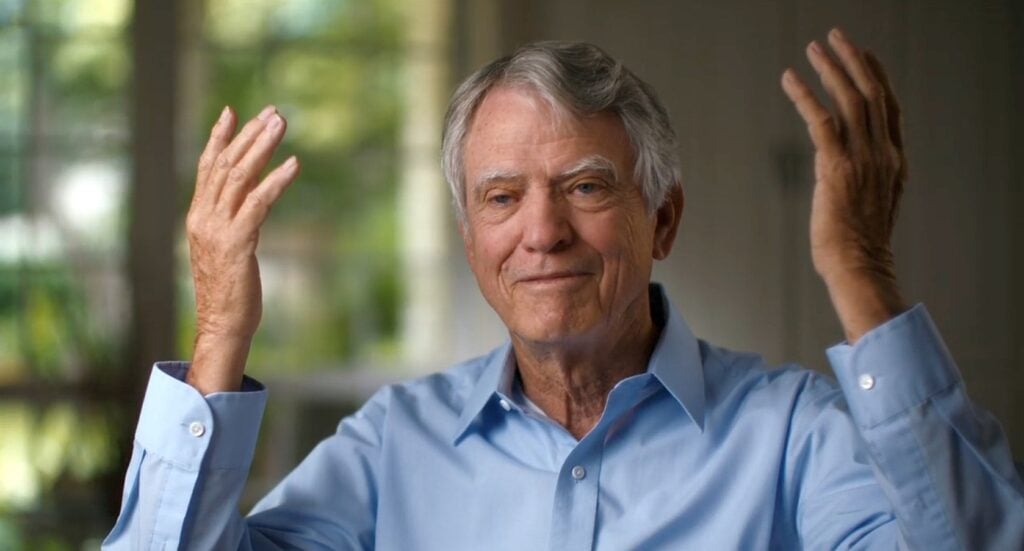Apollo 12 successfully launched onto the Moon on November 14, 1969. But it wasn’t without drama. That day, the weather in Cape Canaveral, Florida, was overcast with light rain and winds. However, at 11:22 AM. EST, the spacecraft carrying astronauts Pete Conrad, Dick Gordon, and Alan Bean blasted off into the clouds in what appeared to be a flawless launch. But did you know how John Aaron saved the day?
A single engineer in NASA’s control room prevented the Apollo 12 astronauts from aborting the mission seconds after launch. “Set SCE to AUX,” John Aaron advised, saving the entire mission.
Who is John Aaron?
John Aaron was born in Wellington, Texas, and grew up as the youngest of seven children in rural Western Oklahoma near Vinson. His father was a cattle rancher, and his mother was a minister.
After a year at Bethany Nazarene College, he transferred to Southwestern Oklahoma State University, earning a Bachelor of Science in Physics in 1964. Despite his intentions to teach mathematics and science after graduation, he applied for a job with NASA on the recommendation of a friend. (Source: University Today)
Saving the Apollo 12 Mission
John Aaron was on duty when Apollo 12 lifted off on November 14, 1969. Lightning struck the spacecraft 36 seconds after liftoff, causing a power surge. Instruments started to fail, and telemetry data became jumbled. Gerry Griffin, the flight director, expected to have to abort the mission. However, Aaron realized that he had previously observed this strange telemetry pattern.
Aaron had been watching a test at Kennedy Space Center a year before the flight when he noticed some unusual telemetry readings. He traced the anomaly back to his initiative’s obscure Signal Conditioning Electronics (SCE) system. He became one of the few flight controllers familiar with the system and its operations.
Normal readings could have been restored in the case that first drew his attention to the system by switching the SCE to its auxiliary setting, which meant that it would operate even in low-voltage conditions.
Aaron reasoned that this setting would also restore normalcy to the Apollo 12 telemetry. Most of his mission control colleagues had no idea what he was talking about when he told the Flight Director, Flight, try SCE to Aux. Both the flight director and CapCom requested that he reiterate his recommendation. Alan Bean was familiar with the location of the SCE switch inside the capsule and flipped it to auxiliary. Telemetry was quickly restored, allowing the mission to proceed. This earned Aaron the respect of his colleagues, who dubbed him a steely-eyed missile man. (Source: University Today)
What Happened to John Aaron?
After the Apollo Lunar Surface program ended, Aaron stayed with NASA and worked in their Spacecraft Software Division. By 1984, he worked on Space Station Freedom prokect.
He then became the manager of the Johnson Space Center’s Engineering Directorate back in 1993. He stayed with the program until his retirement from NASA in 2000. He is still alive today at the age of 79. (Source: University Today)
Image from IMDB
